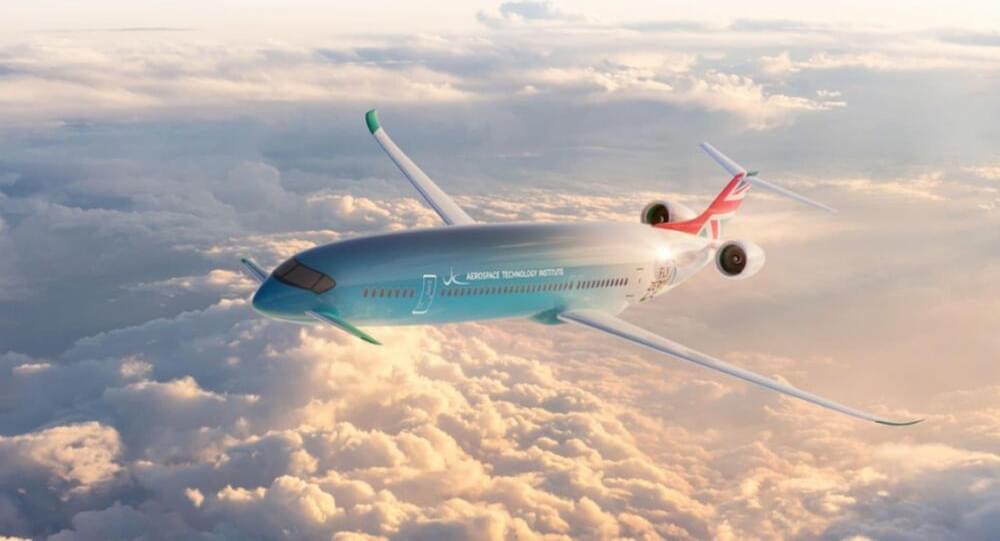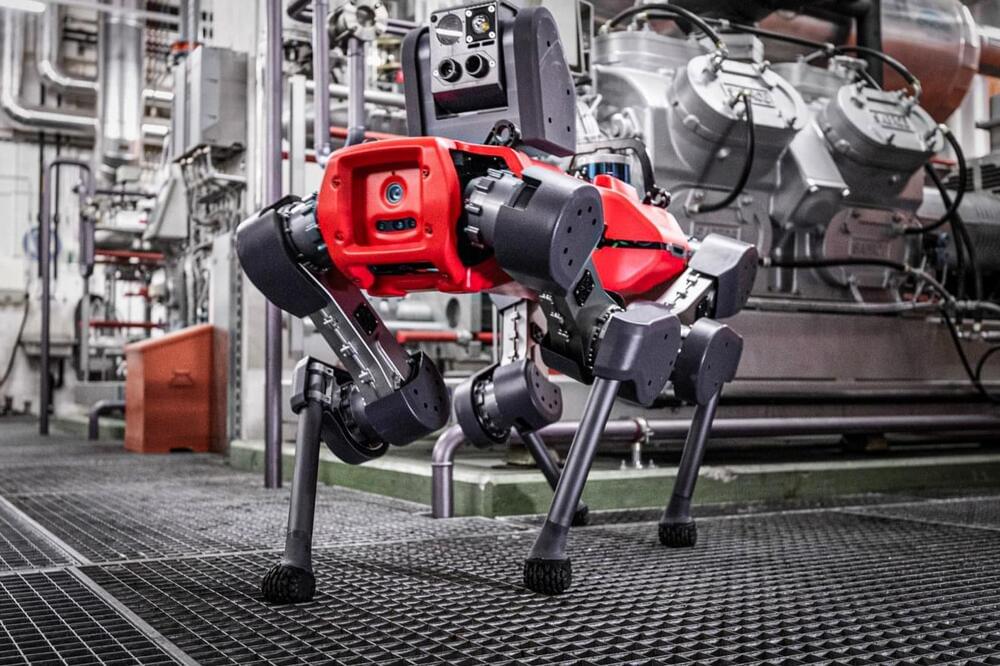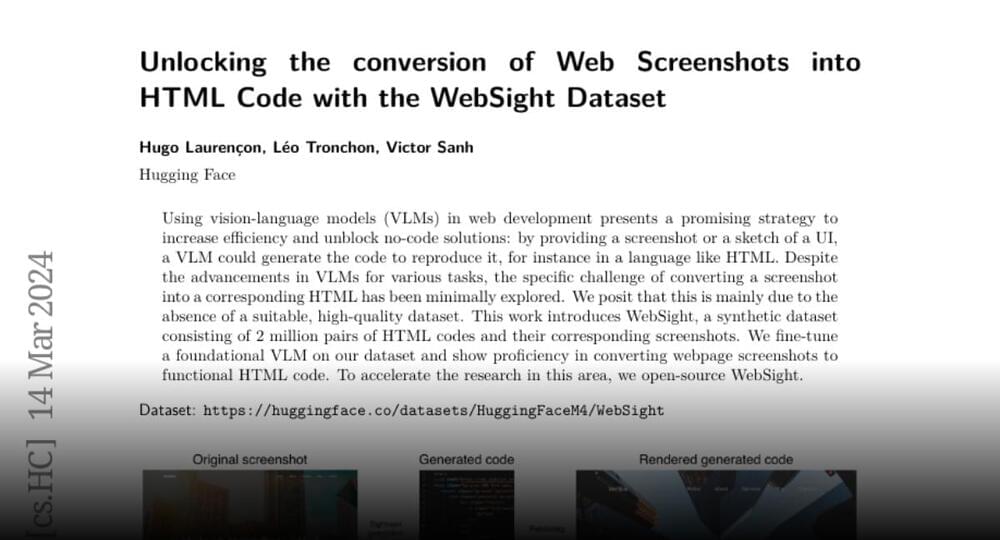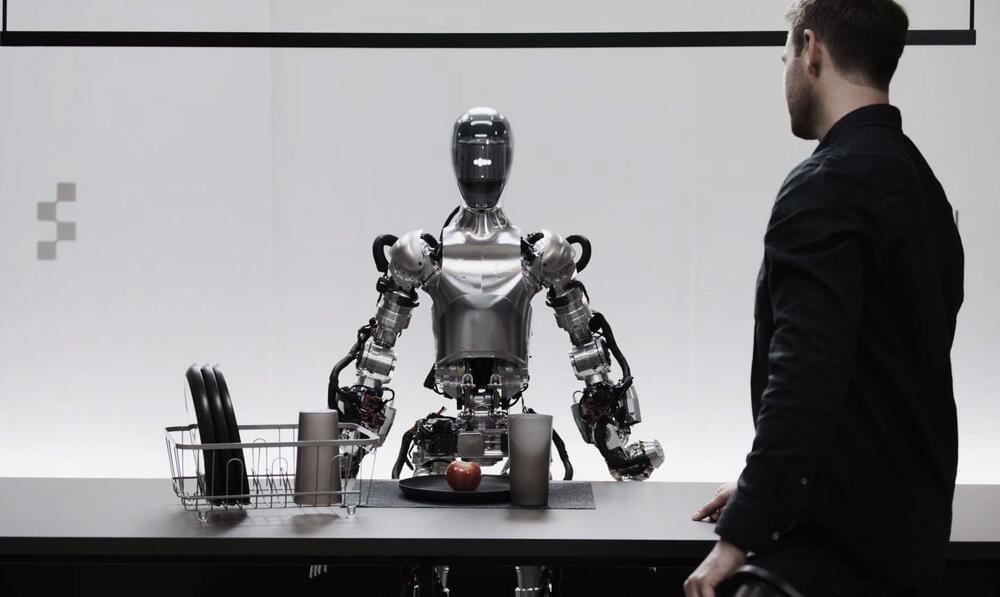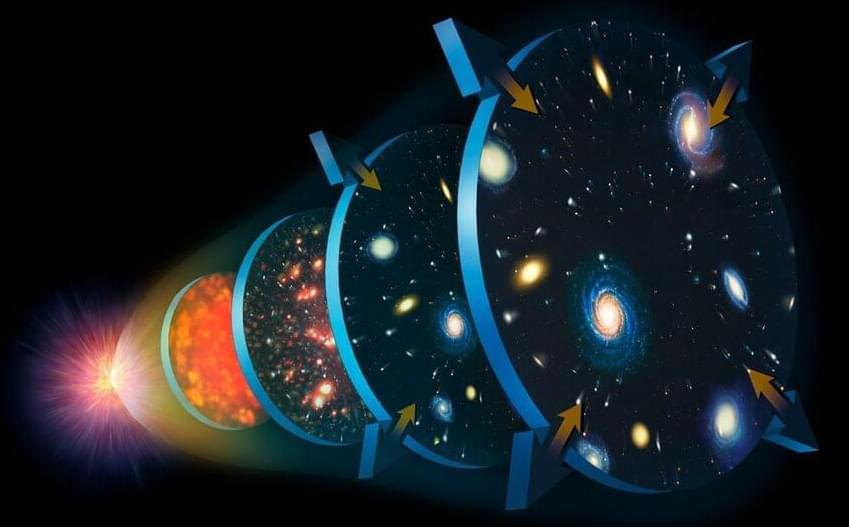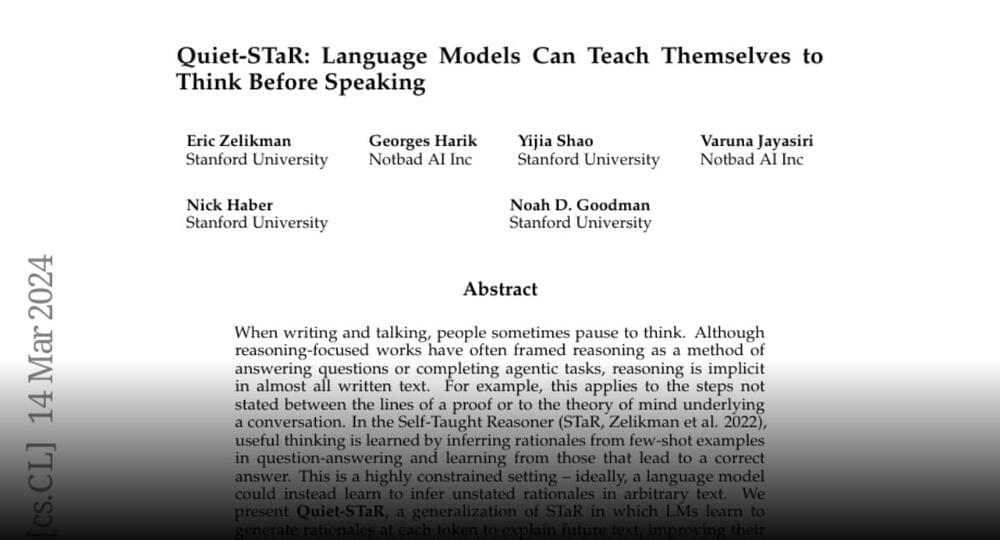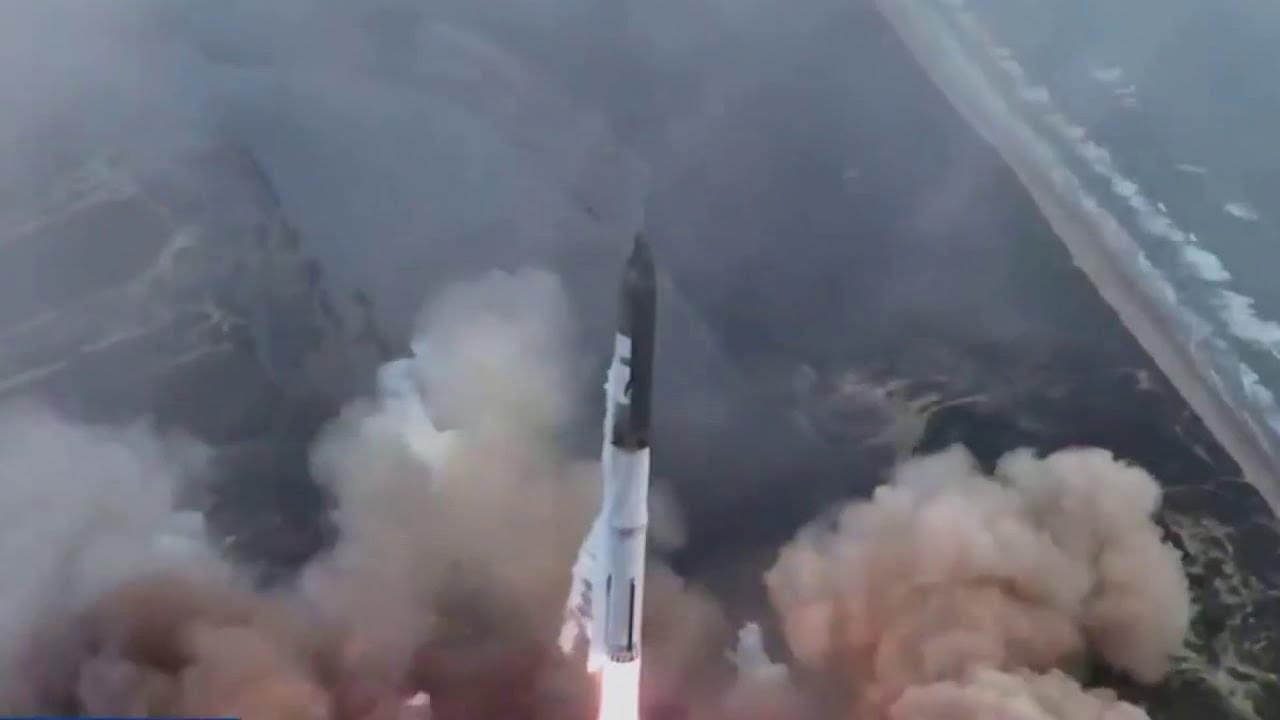A liquid hydrogen airliner with a range of over 5,000 miles. It’s feasible per them, by 2030 and limits pollution.
A breakthrough liquid hydrogen-fueled aircraft concept developed in the United Kingdom could take passengers from London to San Francisco with no layover.
That’s because the massive plane would have an operational range of 5,250 nautical miles (equivalent to air miles) and wouldn’t need to land to fill up with gas. This would provide more than enough range for the flight of roughly 11 hours and 4,664 nautical miles.
This concept plane was developed by the FlyZero project, a program led by the Aerospace Technology Institute with the goal of providing air travel with no pollution (zero-carbon) in the next decade, as the agency states on its website.
